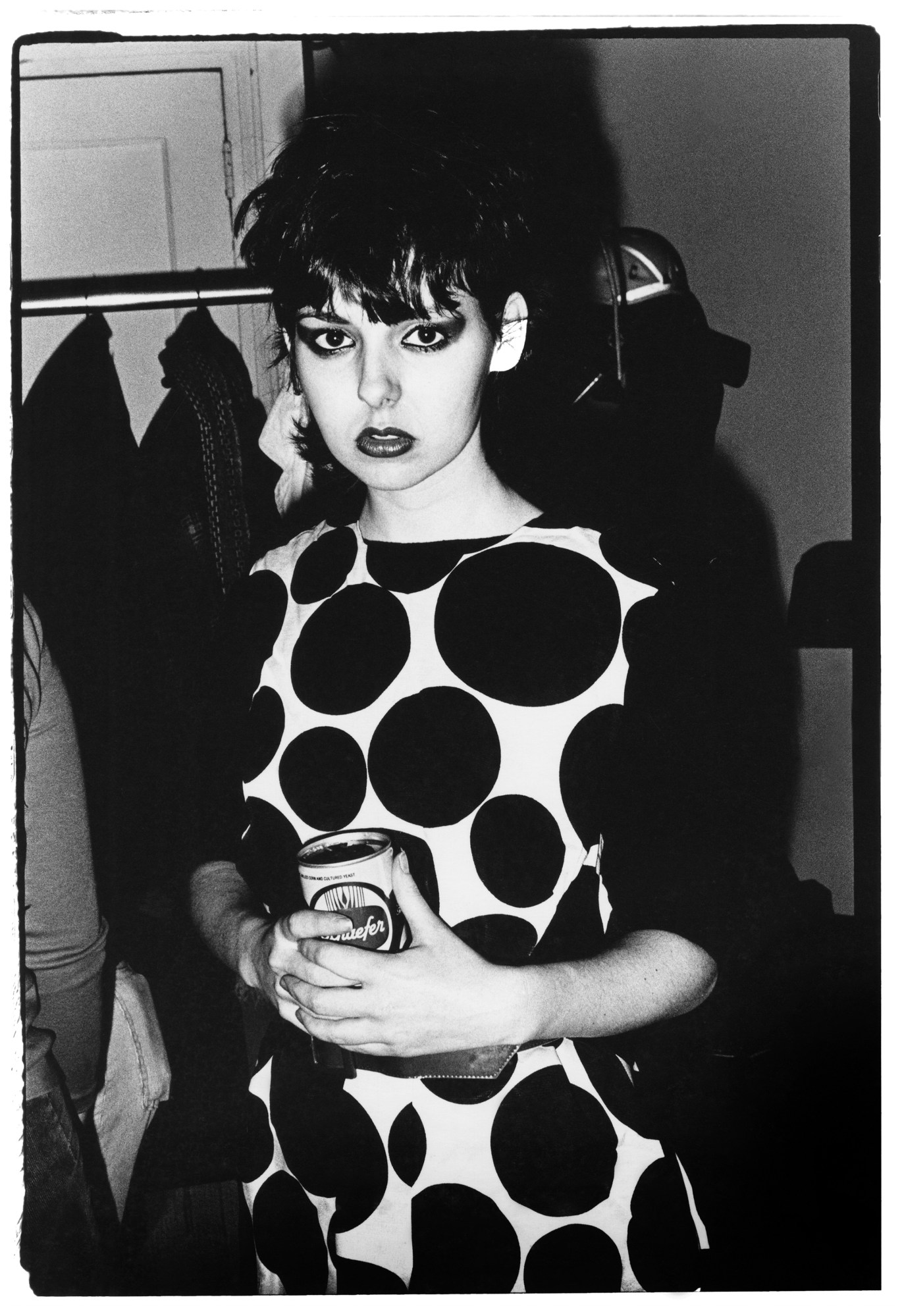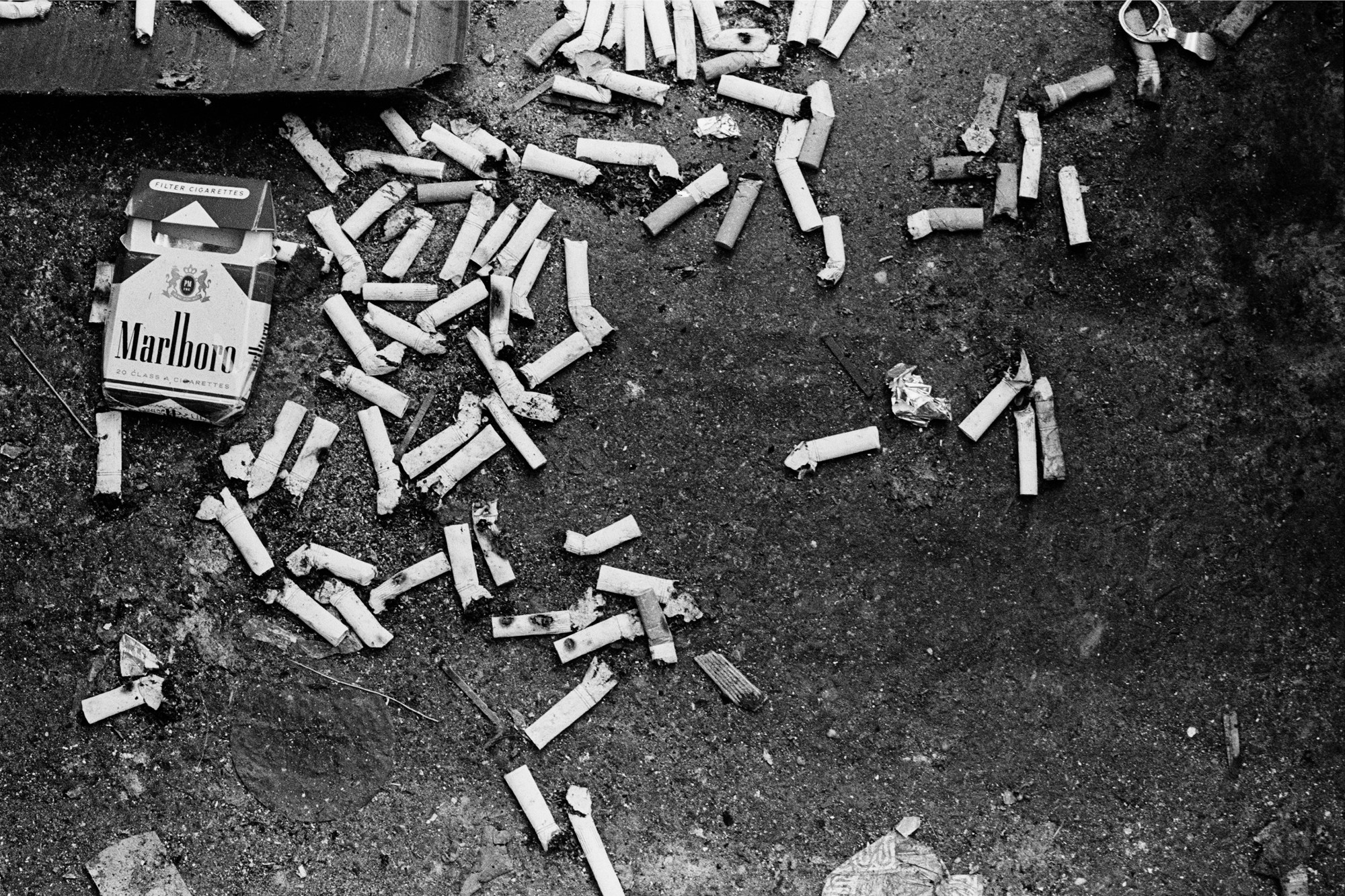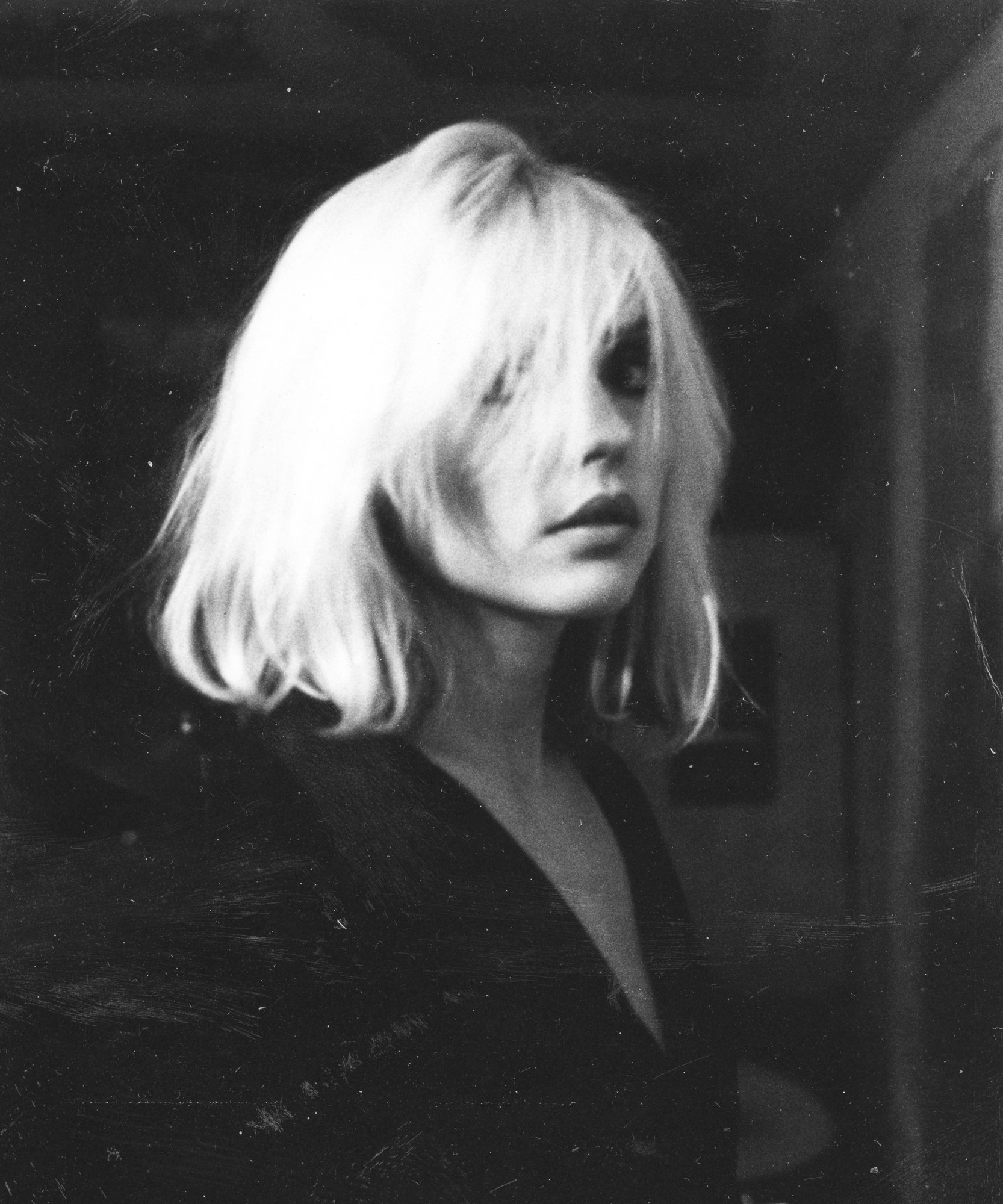It’s easy to look back at 1970s America through the rose tinted heart shaped sunnies you copped from Poundland for your aunt’s hippie themed 50th. Free love! Flares! Melting your face off in a field following a cocktail of psychedelics!
But while the hedonistic heights of the rock and roll era played a large part in defining the 60s and 70s, much of those decades were underpinned by political unrest. Some, lots, for good: the ongoing Civil Rights Movement, second-wave feminism, freedom of speech marches. But activism is born from a society dissatisfied with the system, something America certainly was. The first half of the seventies throbbed with protests against America’s involvement in the Vietnam War, a lack of trust in the government brought on by Nixon’s Watergate scandal, all cherry-topped by the stock market crash of ‘73 and ‘74 and the ensuing recession.

New York was hit hard. In the mid-70s, the city suffered a fiscal crisis that left it teetering on the brink of bankruptcy. Employment was down, crime rates were up, people were beelining out. A “Survival Guide to Visitors of New York City” championed a skull on the outside under the comforting slogan “Welcome to Fear City”, with handy tips like “You should never ride the subway for any reason whatsoever” on the inside. When it came to making a life in the big rotting apple, the general consensus was maybe just don’t.
It was out of this climate that No Wave was born, a post-punk movement of the late 70s that echoed the city’s clashing chaos. Melodies were irrelevant, influences eclectic, harmonies discordant. “No Wave had nihilism, dark humour, beat literature, and the musical avant-garde as just part of its extensive and varied influence,” photographer Julia Gorton says of it, who documented the movement in her fanzine Beat It! — imagery she’s now drip feeding through a dedicated Instagram account. “We did it our way, without rules or norms.” No formal training, either: “I didn’t know much about photography or the streets above 14th street, but the area below — it was my home, and taking photos was my passion.”

While Julia made her name in No Wave — a genre that positioned itself in opposition to the more commercially digestible New Wave — that’s not to say there wasn’t crossover. It’s easy to enforce rigid genre lines retrospectively, but at the time these New York City 70s stalwarts occupied many of the same spaces — be it the Lower East Side streets, noted punk rock and new wave nightclub CBGB, or Julia’s polaroid lens.
It’s the resulting snapshots, collages and graphics of these New York City icons that make up Julia’s new exhibition. From Lydia Lunch and Debbie Harry to Patti Smith and Iggy Pop, the show runs the gamut of the key figures in the late 70s scene. “Although I was poor and the city was gritty at that time, I found it — and my subjects — intriguing, sexy and glamorous,” Julia explains. Guess those rose tinted glasses aren’t such a bad thing after all.

Pretty in Punk opens tonight, 4 January, with a talk from Julia at 6pm at Untitled bar in Dalston, London. The exhibition will run until the end of February.
